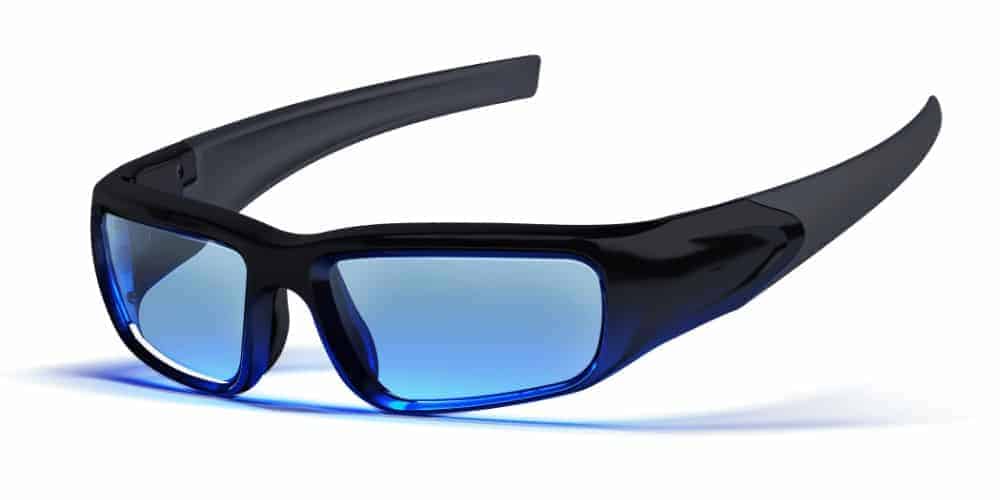Copyright 2021 Chrono Eyewear BV
The Radboud University Medical Center in Nijmegen conducts a lot of research into Parkinson’s disease. A phased study is currently underway into the possibilities of using blue light in Parkinson’s patients. Blue light glasses have been introduced as a possible new method to treat sleep and mood disorders in patients with Parkinson’s disease (PD). Assessing patient acceptance is an important first step towards formal testing and introduction into clinical practice. The results of the first phase were published in Parkinson’s Disease (Hindawi) Volume 2019 in June. Below you can find a summary and a link to the publication.
Light glasses with monochromatic blue light have been introduced as a possible new method of treating sleep disorders in patients with Parkinson’s disease. Assessing patient acceptance is an important step towards testing and introduction into clinical practice. 58 Patients with Parkinson’s disease use light glasses for at least a week. 74% of respondents reported subjective improvements in nighttime sleep, daytime sleepiness, depressive symptoms, motor skills or a combination thereof. All but one patient want to continue to use the light glasses, usually because they see it as a useful tool.
Portable light therapy with monochromatic blue light appears to have a positive effect on sleep, mood and motor symptoms in Parkinson’s disease. Patients generally had a positive appreciation of the light glasses as a treatment for sleep and mood disorders. A lot of research has already been done into the relationship between light, sleep and Parkinson’s disease. The studies offer hope with often special results. Light expert Toine Schoutens is involved from Chrono Eyewear BV (Propeaq) in studies into the effects of specific blue light in the bandwidth of the patented Propeaq glasses. The results of the first investigation were published in a peer-revied international journal in June 2019:
Blue Light Therapy Glasses in Parkinson’s Disease Patients’ Experience: Hindawi Parkinsons Disease:, Bastiaan Bloem PhD, Daniel van Wamelen PhD, Katarzyna Smilowska PhD from the department of Neurology, Radboud University Nijmegen (NL) and Toine Schoutens from Chrono Eyewear BV, Tilburg the Netherlands.
Volume 2019 |Article ID 1906271 | 4 pages | https://doi.org/10.1155/2019/1906271
The conclusions in this study are promising.
Parkinson’s disease is a neurodegenerative disorder characterized by the coexistence of motor and non-motor symptoms. Sleep disturbances are among the most common non-motor symptoms occurring in up to 90% of patients; these sleep disturbances reduce the quality of life and hinder daytime functioning. In Parkinson’s disease, the circadian system appears to influence motor and non-motor symptoms. For example, worsening motor symptoms (rigidity, tremor and bradykinesia) indicate abnormal circadian rhythmicity, with symptomatology worsening during the day.



Below is a list of studies on Parkinson’s disease that have a relationship with light.
Ortuño-Lizarán I, Beach TG, Serrano GE, Walker DG, Adler CH, Cuenca N. Phosphorylated α-synuclein in the retina is a biomarker of Parkinson’s disease pathology severity. Mov Disord. May 2018.
Chrono Eyewear BV
Saal van Zwanenbergweg 11
5026 RM Tilburg
M: [email protected]
T: 013 631 631 3
Chamber of Commerce number 65602331
VAT number NL 856181122 B 01
Copyright 2021 Chrono Eyewear BV